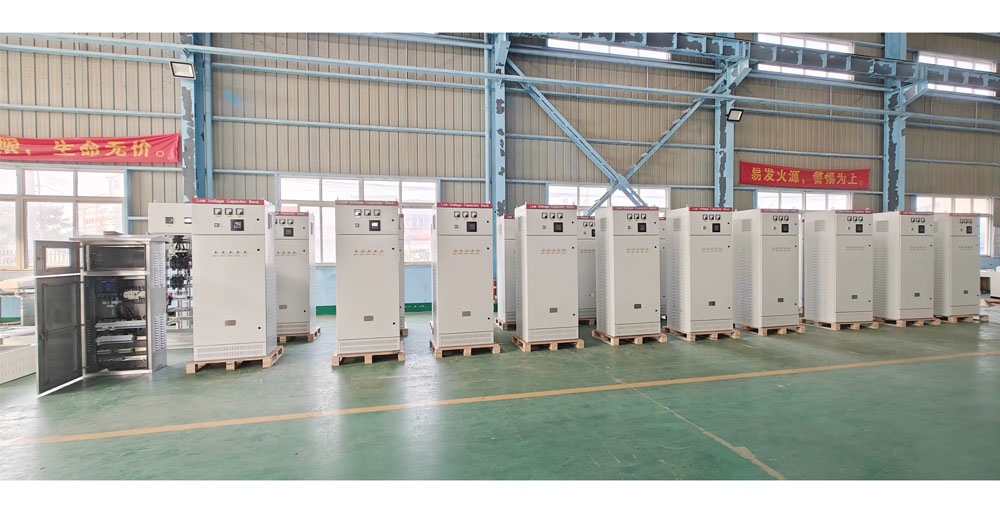Precautions for installing low voltage capacitor cabinets
Oct 14,2024
Low-voltage capacitor cabinets are electrical equipment used in power systems. Their main function is to compensate the power factor of the power system and improve the power supply quality of the system. When installing low-voltage capacitor cabinets, the following aspects need to be noted:
-
Installation location selection: Low-voltage capacitor cabinets should be installed in ventilated, dry, non-corrosive gas and dust-contaminated places, away from water sources and flammable and explosive items. Ensure that there is enough space around the capacitor cabinet to facilitate operation and maintenance by operation and maintenance personnel.
-
Fixed installation: The low-voltage capacitor cabinet should be firmly fixed to ensure that it does not shake or tilt during operation. When fixed installation, care should be taken to keep the cabinet flat, and sufficient space should be left for maintenance and repair.
-
Wire connection and cable laying: When installing low-voltage capacitor cabinets, high-quality wires and cables should be used for connection. The wire connection should be firm and reliable, with good contact. When laying cables, care should be taken to avoid bending and squeezing to avoid affecting the electrical performance of the cable.
-
Grounding system: The metal shell of the low-voltage capacitor cabinet should be reliably grounded, and the grounding resistance should meet the relevant standards to ensure that the capacitor cabinet can release current in time when a fault occurs and protect personal safety.
-
Insulation and withstand voltage test: After the low-voltage capacitor cabinet is installed, insulation and withstand voltage tests should be carried out to ensure that the insulation and withstand voltage indicators inside the cabinet meet the requirements.
-
Safety signs: The equipment name, rated voltage, working current, manufacturer and other information should be marked in a conspicuous position on the low-voltage capacitor cabinet, and corresponding safety signs should be set to remind staff to pay attention to operating safety specifications.
-
Ventilation and heat dissipation: The low-voltage capacitor cabinet will generate heat during operation, so it should be ensured that the cabinet has good ventilation and heat dissipation conditions to avoid overheating and causing failures.
-
Training of operators and maintenance personnel: Before installing the low-voltage capacitor cabinet, operators and maintenance personnel should be trained to familiarize themselves with the use and maintenance requirements of the equipment and improve work efficiency and safety.
-
Prevent foreign objects from entering the equipment during installation. Attention should be paid to the cleanliness of the cabinet to prevent dust, metal chips and other debris from entering the equipment and affecting the normal operation of the equipment.
-
When installing a low-voltage capacitor cabinet, you also need to refer to relevant standards and special requirements and strictly follow the installation guide provided by the manufacturer.

So the installation of a low-voltage capacitor cabinet requires attention to the above aspects to ensure the normal operation, safety and reliability of the capacitor cabinet. At the same time, before installation, you should also refer to relevant industry standards and manufacturer requirements, and make adequate preparations to improve the quality and effect of the installation.
